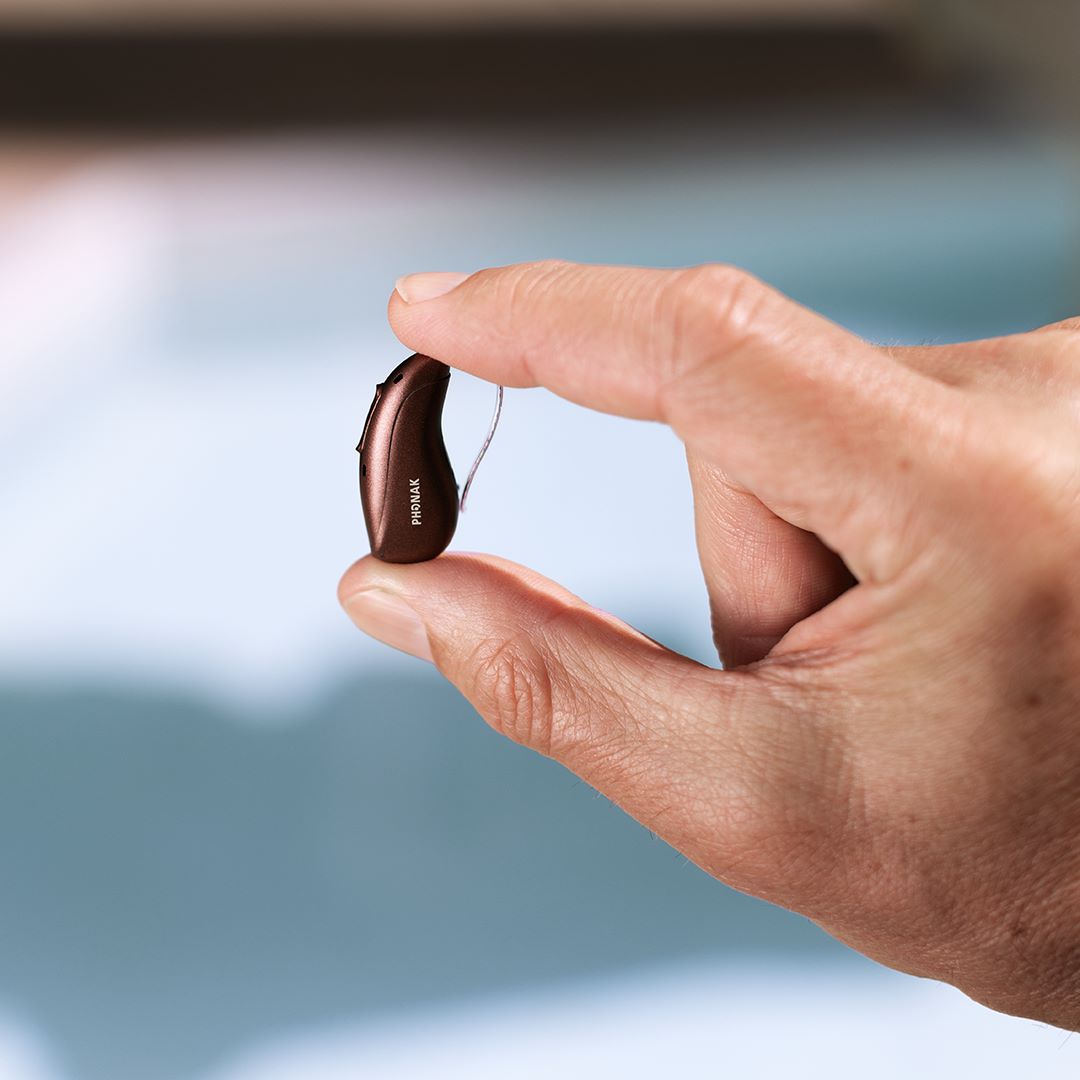
I will be the first to admit that I’ve been very excited about Phonak’s new Audéo Sphere Infinio hearing aid. However, my responsibility to you is to go beyond just outlining those positives.
I’ll discuss the top five reasons I think you should buy them, but they are definitely not without their flaws, so I have an equal number of negatives that you need to consider before you do so.

Reasons you should buy the Audéo Sphere Infinio
It’s been a few weeks now since I attended the epic launch of this new hearing aid technology, and I was delighted to be the only audiologist from the UK to attend. Now that I’ve had some time to get hands-on with them, here are five standout features that I think are worth shouting about.
1. Speech in noise processing
Firstly is Phonak’s introduction of their Deep Sonic chip, which is a world first. These hearing aids contain a separate computer chip designed to separate the speech you want to hear from background noise. Honestly, I wish you could have all been exposed to the demonstrations I experienced, because not only does it work, but it works incredibly well. In fact, in a couple of weeks’ time, I aim to upload some sound files demonstrating its capabilities versus some of Phonak’s competitors, so make sure that you watch this space.
This Deep Sonic chip essentially cleans up speech from noise using artificial intelligence in the form of a deep neural network, which has been trained using 22 million sound samples. Phonak claims it is capable of performing 7.7 billion operations per second. As a result, Phonak boasts that this provides a 10 dB signal-to-noise ratio improvement and up to 36.7% enhancement in speech understanding in noisy environments compared to their competitors.
Now, you don’t need to just take my word for it. Hearing Tracker has teamed up with HearAdvisor, an independent hearing aid vetting lab that has built a breathtaking audio lab allowing for the independent testing of all hearing aid technology. The mastermind behind this is Dr. Steve Taddei, and for the first time ever, this setup allows for the comparison of hearing aid products using a standardised test battery.
Now, you might be thinking, why is this important? Well, instead of relying on each manufacturer’s testing, where somehow they always manage to find a way to rank themselves as number one with their own results, for the first time it’s now possible to compare each manufacturer reliably. Here’s the latest data from HearAdvisor comparing all manufacturers’ latest products, and as you can see, the new Audéo Sphere Infinio is leaps and bounds ahead of every other hearing aid manufacturer for speech-in-noise performance.
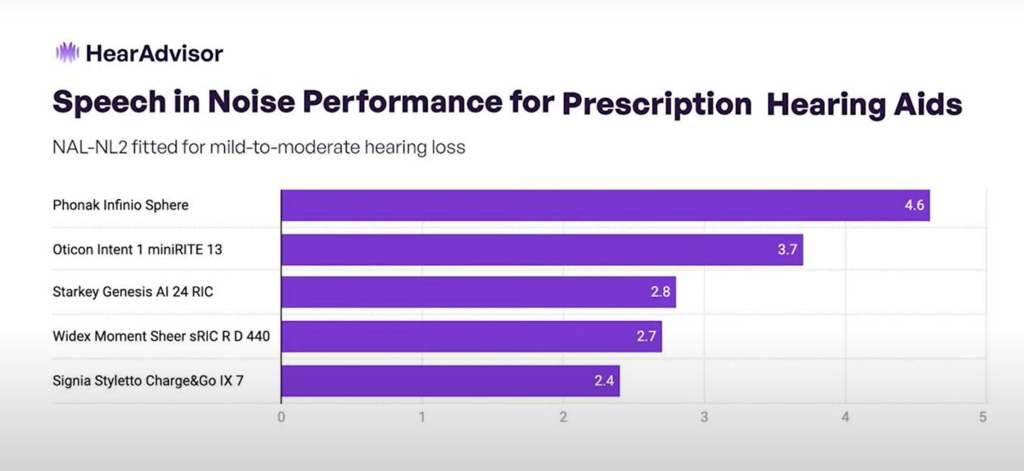
So, the take-home message is that this artificial intelligence Deep Sonic chip is really doing what Phonak is promising.
2. Automatic environmental adaptability
Impressive new feature number two is Phonak’s update to AutoSense from version 5 to version 6. Now, AutoSense is one of my favourite adaptive programs out there. It’s designed to continuously analyse your surrounding acoustic environment and make real-time adjustments to optimise sound clarity and comfort.
This feature automatically categorises the world into seven key areas, including:
- Calm situations
- Speech in noise
- Spheric speech in loud noise
- Speech in car
- Comfort in noise
- Music
Your audiologist has full control over how these hearing aids react in each specific environment and can adjust them accordingly, which, in my opinion, is unrivalled by any other hearing aid manufacturer out there at this moment in time.
With this new AutoSense development, Phonak claims they have enhanced speech understanding by a further 16% and reduced listening effort by up to 45%, which again contributes to the hearing aids reducing background noise, making it easier for you to focus on conversations. This means you can rely more on your ears and less on focusing on lip reading and the context within a sentence.
3. Bluetooth connectivity
Phonak have always been pretty unique in their approach to connectivity, and they’re the only manufacturer out there to use classic Bluetooth, allowing you to connect to any Bluetooth source, including smartphones, tablets, and computers. This integration supports a wide range of audio codecs, ensuring high-quality streaming regardless of the source, and it also supports dual streaming, allowing you to connect to multiple devices simultaneously, which isn’t possible from any other hearing aid manufacturer out there at this moment in time.
Within the Infinio family of hearing aids, Phonak have improved the transmission power over their previous models, providing a far more stable Bluetooth connection. This ensures consistent audio quality and connectivity over a longer distance and creates a seamless, lag-free transition when switching audio between different sources.
On top of that, the Spheres also support hands-free calling, which is pretty limited with other hearing aid manufacturers, meaning you can keep your phone in your pocket, and the microphones on your hearing aids will pick up your voice to send to the other person on the end of the phone. This is both a positive and a negative, which I’ll discuss later.
The final connectivity feature which I think Phonak is right to be bragging about is the introduction of LE Audio, meaning they’re also Auracast-ready and will be compatible with the pending Auracast transmitters that we’re likely to see rolled out in public venues over the next few years.
It’s worth noting that, while it’s built into the Infinio, it hasn’t yet been activated. This will likely be done in the future with a simple and free firmware update. At this moment in time, in my opinion, it’s not really a big deal, as, as far as I’m aware, no public venues have yet installed the Auracast transmitters. But I do promise to update you on this as soon as I know more about that update.
4. Versatility
Reason number four that you should buy the Infinio Sphere is its versatility. As far as suitability goes, these are the fitting ranges for the interchangeable receiver wires, so whether you have a mild, moderate, severe, or profound hearing loss, they’re technically suitable for you.

I’m delighted to say that this also includes Phonak’s ActiveVent receivers, which I am a big fan of. This receiver, which is unique to Phonak, has a built-in moving piston that changes its position depending on your listening environment. It diverts either more or less sound naturally down your ear canal or, on the contrary, via the hearing aids.
So why would we want this? In turn, this will change how well you hear in noise, how clear your voice sounds, how clearly you can hear in general, and also how music sounds when it’s being streamed from your phone. If you’re wondering if this matters—yes, it does. A lot. There are both positives and negatives to having your ear canals either open or closed, and depending on your hearing loss, sometimes it’s beneficial to have a hearing aid that can do both, but on different occasions. Until ActiveVent was released by Phonak, this wasn’t possible.
For example, in a quiet environment, you might want the vent to be open, allowing natural sound in and out, giving you a nice, natural feeling and connecting you with your environment. Yet, when in noise, it’s better to have your ears closed so that all the sound you’re hearing is via your hearing aids, having been cleaned of background noise. The same thing goes for music and streaming, so when streaming from your phone, the ActiveVent will close, both blocking sound in and blocking sound out simultaneously, which should enhance your music, giving it greater fullness and richness when the sound is being streamed from your phone.
5. Robustness & durability
Now, my fifth and final reason that I think you should definitely try out these hearing aids, before I come on to the not-so-great elements about them, is their robustness. With Phonak’s previous family of hearing aids, they had one standout model which was brutally tested and pushed to the limits in terms of robustness—this was called their Life model.
When I was recently at the launch for the Audéo Sphere Infinio hearing aids, Phonak was screaming from the rooftops about this extra protection having resulted in far fewer breakdowns over the last few years, and I’m delighted to tell you today that Phonak has taken on board your feedback about the previous standards just not being good enough.
Reasons not to buy the Audéo Sphere Infinio
Now, I always share both sides of the story, and while everything I’ve listed so far is exactly what I would want a hearing aid to do, it wouldn’t be fair of me not to give you a balanced view of the technology. There are five things that mean the Audéo Sphere Infinio is not perfect for everybody out there.
1. Size
So, let’s discuss size. I honestly don’t think the size of these hearing aids is an issue, and I don’t want you to dwell too much on it. But I know it was also a concern that Phonak had when they were launching this technology. So, just to give you an idea in terms of size, here is a banana for scale, then you can see Phonak’s previous model, the L R, and also their biggest current competition, the Oticon Intent.
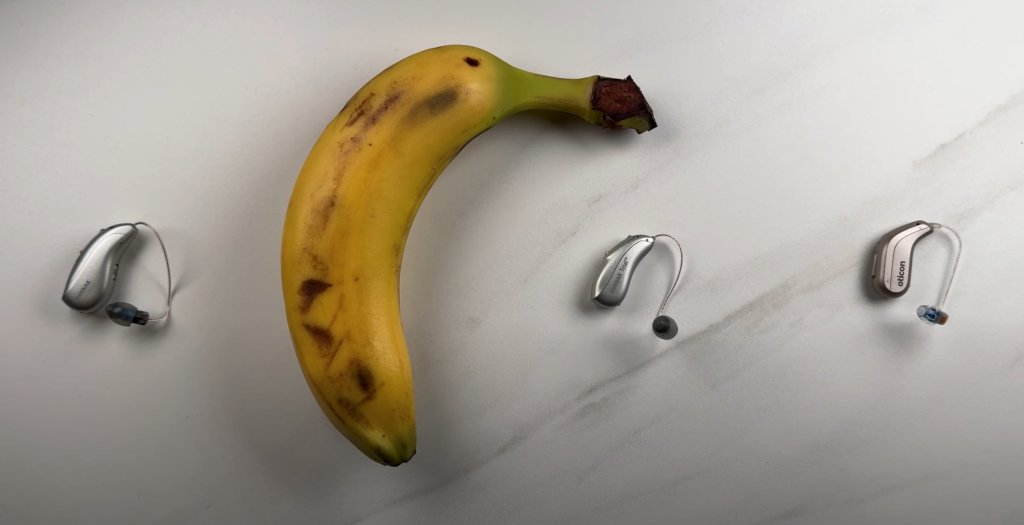
In all honesty, gone are the days when it used to be the race for the smallest hearing aids. Yes, there are, without question, smaller receiver-in-canal hearing aids out there, such as the Widex Moment, but it comes at a significant cost for functionality. For example, you will lose Bluetooth connectivity, rechargeability, and overall functions around clarity and noise reduction capabilities.
2. No disposable batteries
A recent poll on my Hearing Tracker YouTube channel showed at least a third of my subscribers use disposable batteries. Now, of course, I cannot be certain about this, but I am 99% sure—99.9% sure—that the Audéo Sphere Infinios will never be released in a disposable battery option. I know that’s a brave statement to make, but I feel that with the computational power within these hearing aids, and the energy that’s needed to drive them, I just don’t think a zinc-air battery will meet its needs.
That isn’t to say that the lesser-spec Audéo Infinios won’t come with a disposable battery option in the future, a little bit like we saw with the Phonak Lumity hearing aids. But it is worth noting that it was a good two years after their initial release that we saw the non-rechargeable version.
3. Battery performance
Now, I just knew that battery life was going to be a factor with these hearing aids. When I was initially exposed to these hearing aids back in January this year, way before they were released, Phonak, at a top-secret event, coyly asked us how important it was that the batteries on these hearing aids last for a full day. Well, it doesn’t take a genius to figure out that there may be some issues around this, or it might be an issue going forward with regards to it lasting for a full day.
So, what does this mean in reality as far as you’re concerned? If the hearing aids are working in their AutoSense setting and adapting according to your environment, and you have a balanced lifestyle, then I am pleased to report that you will not have issues with battery life. They will last you for a full day.
Where the issue comes in is when the artificial intelligence ‘spherical speech in noise, speech in loud noise mode runs continuously. Continuous use could potentially reduce the battery life to around half of its capability. Only time will tell in reality if this is a significant problem for normal daily use.
4. Compatibility
As far as connectivity goes, there is no telecoil and no CROS system compatibility with the Spheres, and I am a big fan of both. If you are interested in the telecoil, then you’ll have to stick with Phonak’s Lumity family of hearing aids for now or look into one of Phonak’s competitors.
However, if you’re interested in a CROS system, then you can look at the standard Infinio. In all honesty, the lack of a telecoil shouldn’t be an issue for you going forward with the introduction of LE Audio and Auracast. However, until we see that global rollout of those transmitters into public venues, and if you’re used to utilising a loop system, then these hearing aids may not be right for you.
5. Bluetooth
The fifth issue that I’ve identified with the Infinio is the fact that Phonak uses classic Bluetooth. Yes, you heard me correctly—this came up in the positives too. That’s because, in my opinion, it is a blessing and a curse at the same time. All right, that sounds quite dramatic—it’s not that bad at all!
One feature that my patients love about their Phonak hearing aids is the fact that their microphones pick up their voice when they’re on the phone, and you can keep your phone in your pocket, giving you a truly hands-free experience, a bit like using a set of AirPods when you’re on a phone call.
The downside of this is that I have some patients—again, this depends on the phone they use—who report that if they take a call in a moderately noisy environment, the person on the other end of the call may struggle to hear them speaking. Now, to be fair, this is an issue with all manufacturers. However, the other guys do allow you to turn it on and off. I don’t know if this will change when the LE Audio features are enabled down the line, I will report back on this as soon as I know more.
But there is a fix if you’re an Apple user, which is to enable voice isolation mode on the phone itself. When enabled, this feature isolates the microphones on your hearing aids to pick up your voice only, and it cuts out—or aims to cut out—the surrounding noise, making it better for those hearing you on the other end of your phone call. And it does work.
So, now you should have a balanced view of all this new technology. But before you even consider buying them, you have to check out the best hearing aids of 2024.
Phonak Audéo Infinio Sphere Review: 5 Reasons to Buy it and 5 Reasons to Not!
Matthew Allsop is a Partner at Harley Street Hearing and the content creator for Hearing Tracker, where he shares his honest opinions on all things to do with hearing health and hearing aid technology. Hearing Tracker is the world’s first truly independent resource for hearing aid customers. You can watch his video reviewing the Phonak Audéo Infinio Sphere below.
Enjoy this article? You might be interested in some of our others:
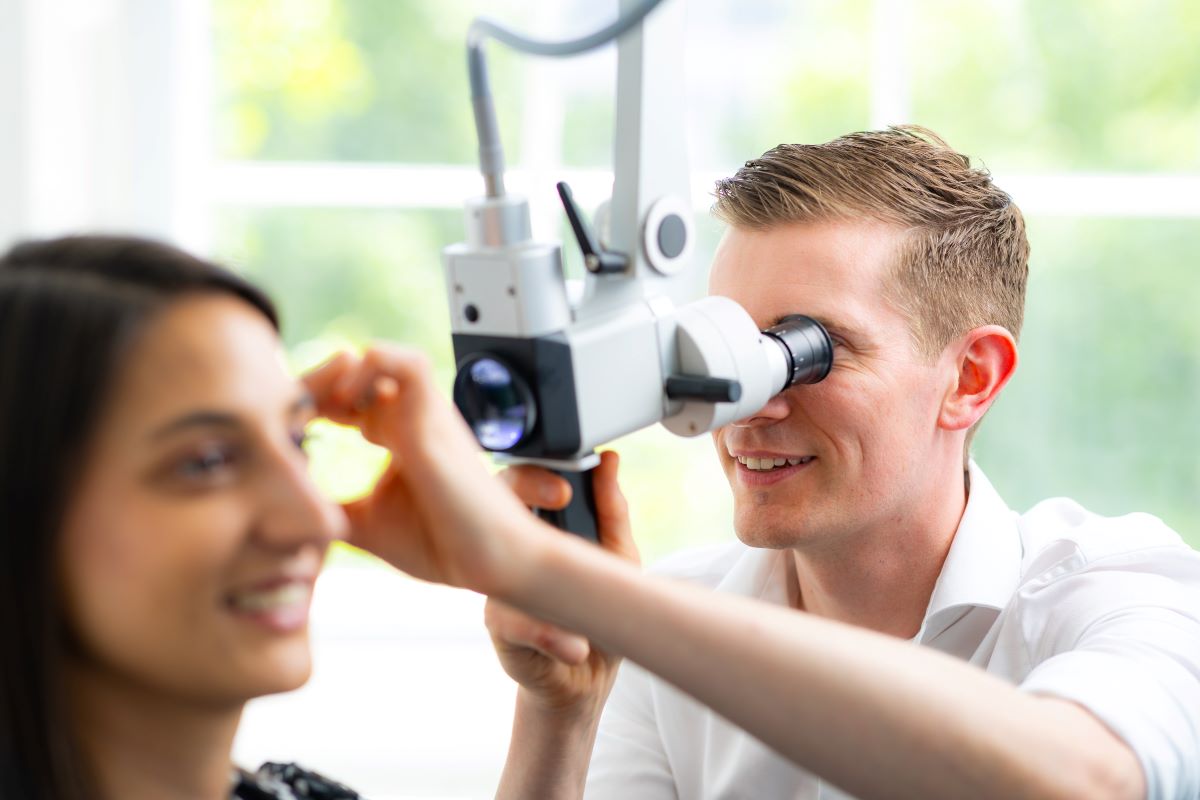
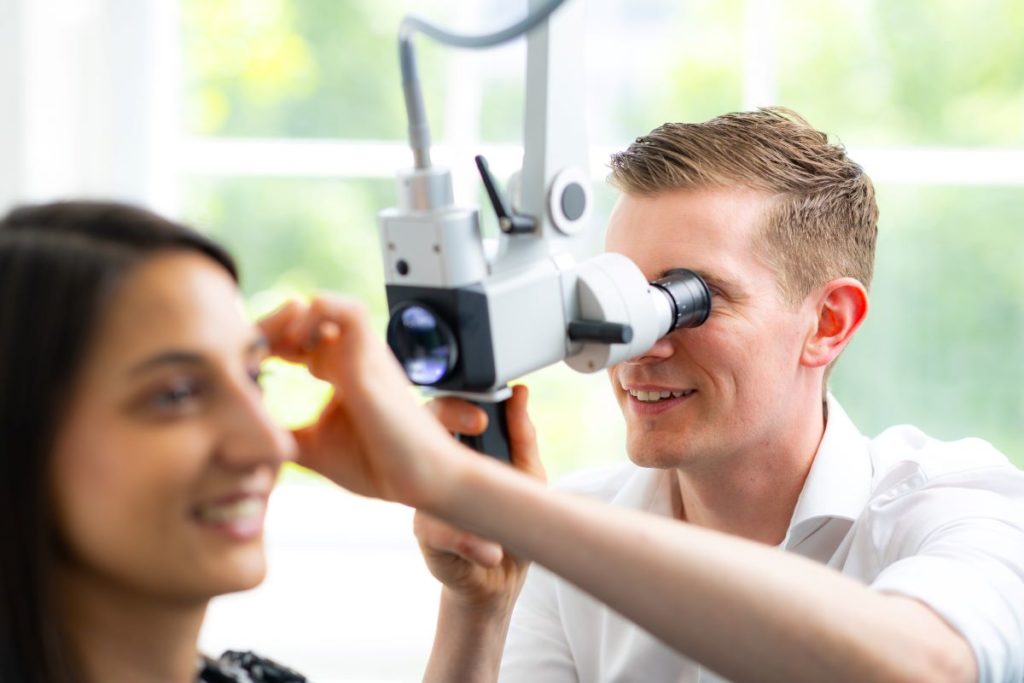
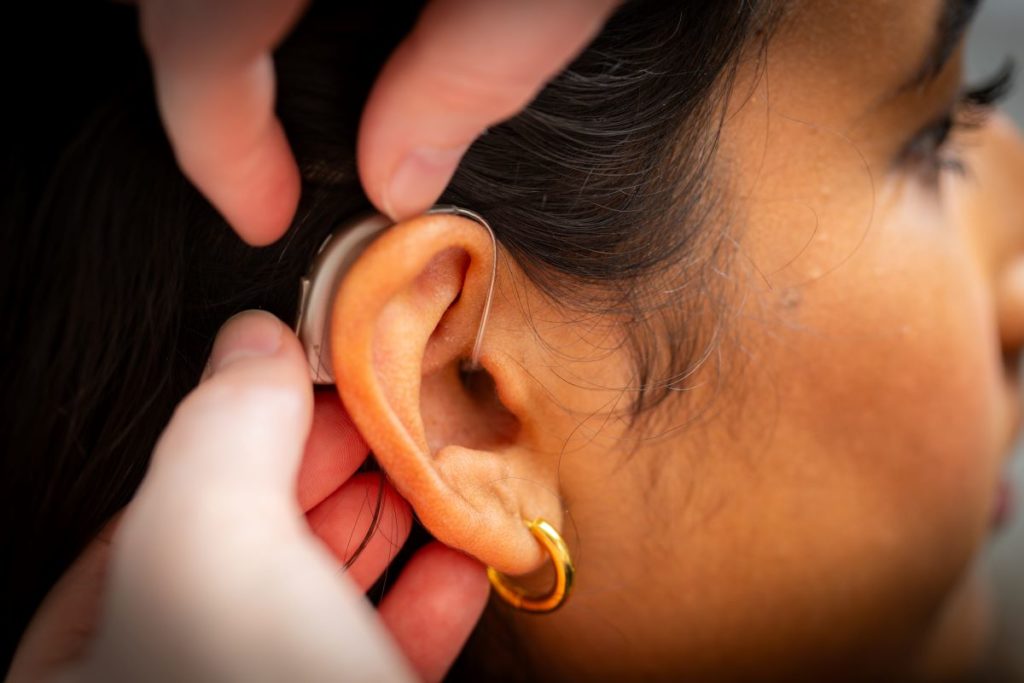


 Welcome Nadia, thanks for taking the time to speak with us! So, tell us a bit more about your background:
Welcome Nadia, thanks for taking the time to speak with us! So, tell us a bit more about your background:












Recent Comments